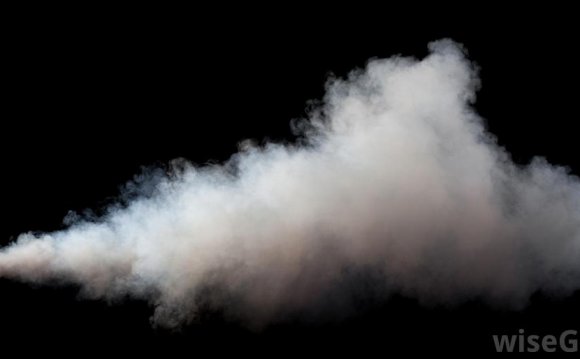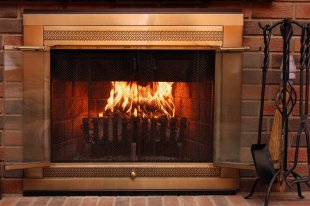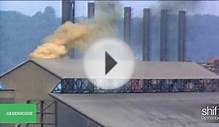
 Unless you really enjoy snow-related activities, winter is pretty terrible. One of the small consolations to this seemingly endless season is the feeling of curling up in front of a nice fire on a cold winter’s day.
Unless you really enjoy snow-related activities, winter is pretty terrible. One of the small consolations to this seemingly endless season is the feeling of curling up in front of a nice fire on a cold winter’s day.
According to Realtor.com, fireplaces are actually a very popular selling point for new home buyers, regardless of whether they’ll be used. They’re very aesthetically pleasing and the mantle is a great place to display family photos and accomplishments.
But if you live in a colder climate, your fireplace might be used for heat generation, in addition to humblebrags and senior portraits. Therefore, what your fireplace uses as fuel is probably important to you.
Advantage: Gas
A gas fireplace is as easy as flipping a switch. Boom. Instantaneous fire.
Wood-fueled fireplaces require a lot more effort to get going. First you have to get the wood, then you have to arrange it a certain way, get kindling, start the fire and then maintain it. A wood-fueled fire is like a living organism that needs to be created and sustained. That’s great if you want the satisfaction of building something. But if you’re cold or just want a fireplace to look at, choose gas.
Advantage: Wood
Sure, you can buy firewood from a hardware or home improvement store. Or, you can just walk into the middle of the woods, chop down a tree and use that for fuel. It’s a lot more difficult to produce your own natural gas, unless you’re eating a lot of beans, and you don’t want to power a fireplace with that kind of natural gas. Natural gas isn’t expensive, relatively, but it’s more expensive than free or the cost of a few logs.
The aftermath of a wood-fueled fire is not fun to clean. The soot, ash and burned-out logs are messy and spread very easily. Creosote, a byproduct of wood-fueled fires can build up in your chimney and need to be removed by a professional. If you don’t regularly maintain your chimney when you have a wood-fueled fireplace, you risk a chimney fire.
Gas fireplaces are as easy to maintain as they are to operate. No messy cleanup and no sweeping are necessary, though you might want to have a professional look at it every once in a while.
Granted, gas log fireplaces are as easy to use as opening a valve, but something’s missing. Sure, it generates heat and looks like a “traditional” fireplace, but it’s just not the same experience. Where’s the snap and crackle of the logs as they heat up? Where’s the intoxicating aroma of a wood fire? As far as the experience goes, a wood fireplace is the only fireplace in my book.
On paper, it may appear as though it’s a split decision between wood and gas. But in practice, the benefits of a gas fireplace far outweigh the ambiance and free fuel.
If you’re a casual fireplace user that just wants to turn it on a couple times per year for family photos or a romantic evening, gas is the way to go.
YOU MIGHT ALSO LIKE












